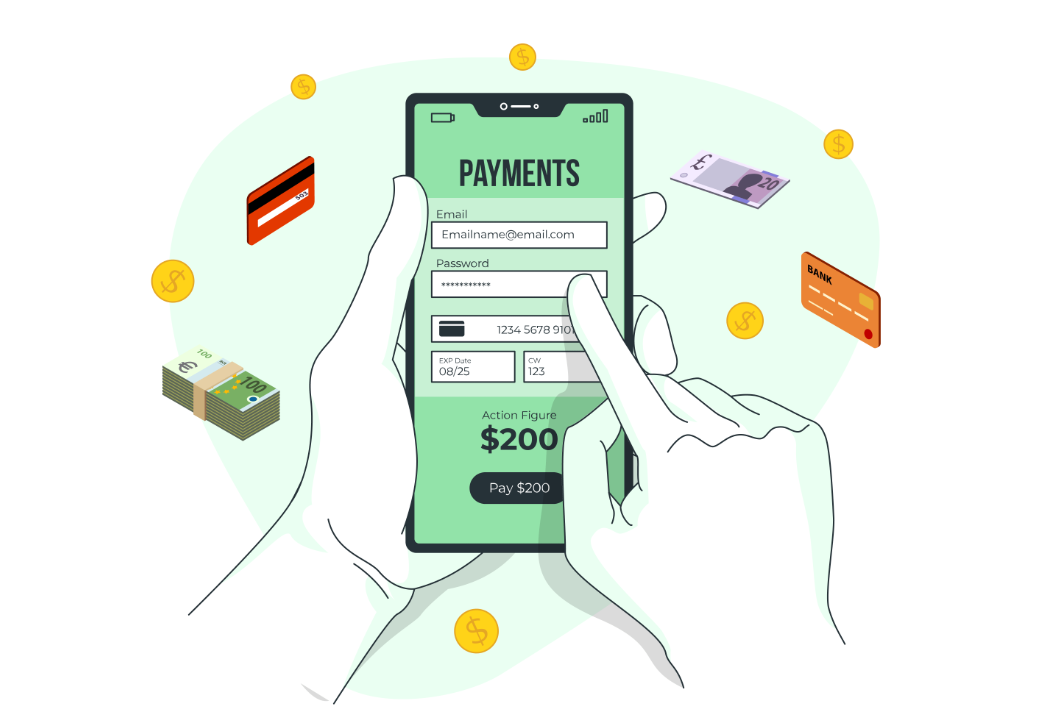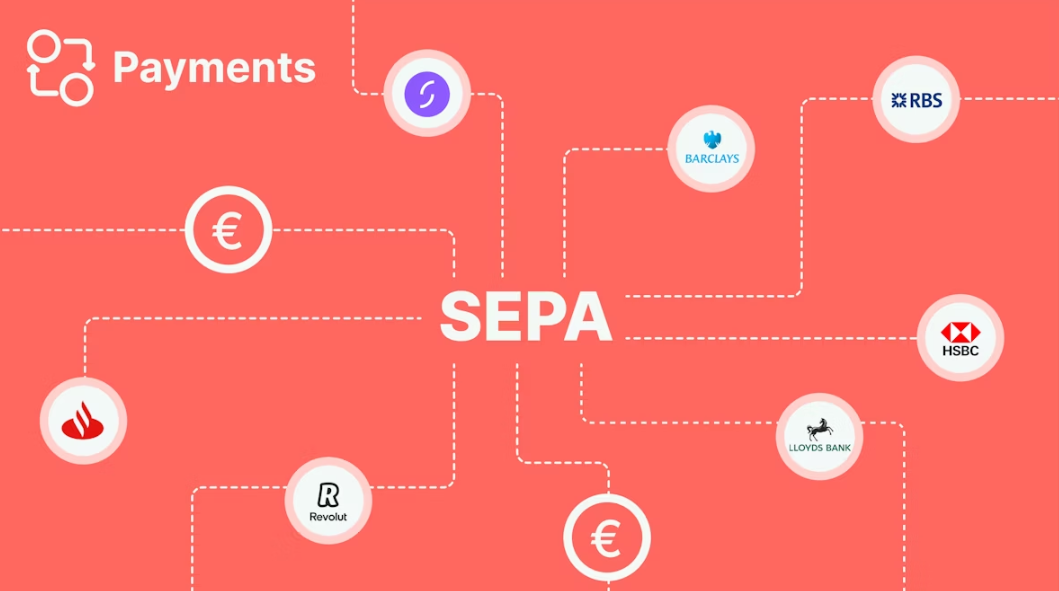
Abandoned shopping carts are the single biggest source of lost revenue for ecommerce retailers today. More customers will abandon a cart than complete a purchase.
Over the past five years, three key metrics have been increasing every year: online spending, m-commerce and abandonment rates.
Want A Bigger Slice of Pie?
Overall ecommerce revenue, with days like Cyber Monday and Black Friday merging into a single massive, global week long cyber-splurge. In the UK alone, over £3 billion was spent over that long retail weekend in 2015, with American consumers spending $7.54bn, averaging 18.4% than 2014 figures.
Mobile commerce revenues have also increased, now at $104 billion (30% of all US ecommerce sales). But so have cart abandonment rates, from 65.23% in 2012 to 68.63% today, accordion to the latest the Baymard Institute.
Reducing friction means increasing revenue. It’s that simple. Reduce friction and your share of the ecommerce boom goes up.
5 Ways to Reduce Online Retail Friction
#1: Mobile Friendly
Mobile is no longer a luxury. No longer an aspect of your strategy that you can afford to get to later. It needs to be a top priority. Right now, sales from smaller screens (including tablets and hybrid tablet/smartphone style devices) account for 30% of online revenues. A figure that is only going to increase.
Text needs to be large enough to be read comfortably. Images should be properly formatted. Buttons be large enough for clumsy thumbs to navigate around your m-commerce site.
Checkout fields should be limited to as few as necessary. Customers using a smartphone don’t want to be staring at their screen for too long. Frictionless means saving them time and reducing the number of steps, thereby increasing the chances they will complete a purchase.
#2: No Guest Options
Asking customers to create an account before they complete a purchase is the main reason 25.65% of people abandon a cart, based on an Econsultancy survey.
Giving web visitors the simple option to purchase and leave means they are more likely to purchase, which is more valuable than an email address. If customers intend to make a one-off purchase you can always give them the option to have their details saved for next time, after the purchase is complete, therefore giving you an indication they could come back. They won’t do either if a barrier is placed before them too soon.
#3: Show a progress indicator
Going through checkout should be a short journey. Don’t attempt to collect more information than necessary. At the same time, don’t leave customers in the dark as to how long until the journey is over. A simple progress indicator is reassuring, reducing the risk they’ll abandon cart during the process.
#4: Reassure them that payments are secure
Payment security has taken a beating in recent years. Too many high-profile security breaches. Millions of customers’ details stolen. Cyber-criminals on the prowl at every turn. Online consumers need reassurances.
Give them trust signals. “Secured by”, a padlock symbol, a Trustmark; even mentioning the website uses a secure SSL-bit encryption is reassuring to customers.
#5: Provide a range of payment options
Customers need choice, even right before they complete a purchase. At the very least, a payment provider should equip a retailer with the main card scheme options. Alternative payments such as PayPal give customers reassurance, and for those retailers looking for cross-border trade it is essential that preferred regional payment options are available.
Quite simply reducing friction online, increases sales. Fewer carts get abandoned when these five – and there are many more – friction points are eliminated.
Customers want:
- Mobile friendly e-commerce stores.
- The option to shop as a guest
- A progress indicator, to reassure them they are close to buying what they want
- Reassurance that the website is secure
- A range of payment options





